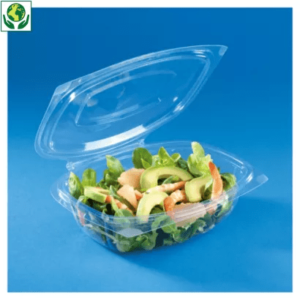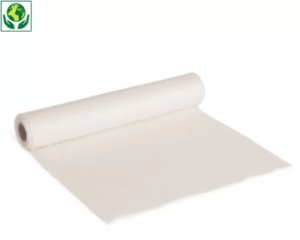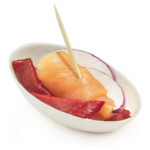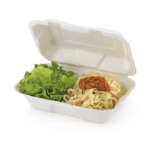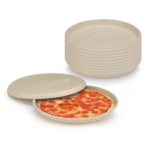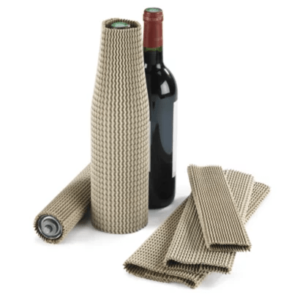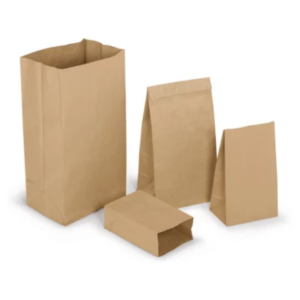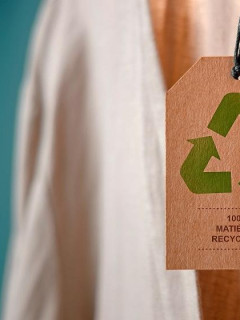The misuse of plastic in logistics is over! Eco-designed packaging is coming to companies. Today’s consumers want to use eco-responsible products, including containers.Do you have a commercial activity? Perhaps it’s time to start eco-designing your packaging. In this article, you will discover the characteristics and techniques of this packaging of the future.
Eco-designed packaging: definition and characteristics
Sustainable packaging must meet today’s environmental requirements. From its manufacture to the end of its life, the complete life cycle of the packaging is taken into account
for a packaging to be eco-designed, all its components must have a limited impact on the environment. You can therefore preferably select
- A recycled, recyclable, biobased or reusable main container
- Sustainable cushioning materials: paper cushioning, recycled air cushions, biodegradable cushioning particles
- Printing ink without added mineral oils (limiting its use as much as possible)
- Strappingmade of recycled polyester or paper, more ecological materials than traditional polypropylene
- Recyclable cardboard labels
- Soluble glues, adapted to the sorting process
- Adhesives made of bio-based kraft paper
|
do you know the 5Rs method of packaging? The 5Rs method of packaging represents the 5 good practices to improve the environmental responsibility of a packaging: 1. reduce: limit to the strict necessary to protect the goods. 2. reuse: do not create new materials when they can be used several times (round trip packaging). 3. replace: prefer a recycled packaging to the more polluting traditional packaging. 4. renew: select materials from renewable sources (called biosourced). 5. recycle: major lever of eco-design, it is necessary to propose recycled alternatives upstream and that can be recycled in order to encourage selective sorting of the packaging. Eco-designing of a packaging can respond to several of these levers. |

Packaging éco-conçu : 3 manières de vous lancer
Comment instaurer concrètement l’utilisation des emballages éco-conçus dans votre entreprise? Voici quelques pistes pour vous guider.
Fabriquer les emballages à partir de matières premières éco-responsables
Aujourd’hui, le plastique pétro-sourcé se remplace par des matériaux alternatifs démontrant une protection satisfaisante pour vos produits, sans devoir exploser votre budget emballage.
Bien entendu, le carton demeure le matériau éco-responsable le plus utilisé dans l’univers de l’emballage. Cependant, il est loin d’être le seul à pouvoir vous accompagner dans votre démarche d’éco-conception de packaging.
L’amidon de maïs (PLA) est par exemple un excellent produit biosourcé, alternatif à l’utilisation du plastique. C’est un matériau biodégradable et renouvelable.
Son plus : il permet de réaliser des emballages étanches, au même titre que le plastique
sugar cane is also a plant used in the manufacture of ecological packaging. Its advantages: the creation of trendy packaging and its suitability for food contact
working on the end of life of your packaging
After thinking about the manufacture of your packaging materials, let’s look at their end of life. Packaging can obtain labels certifying its sustainability if it has some of the following characteristics
- Recyclable: the packaging can be recovered after use and undergoes a transformation stage before being reintroduced into the production cycle.
- Recycled: it is itself made up, in part or in full, of materials that have been used previously. The precise quantity of recycled components used must always be disclosed to consumers.
- Biodegradable: any substance that decomposes and disappears without human intervention when discarded in nature. The actions of temperature, humidity or living micro-organisms (bacteria, fungi) will degrade the product until it disappears completely.
- Compostable: the biodegradation process of compostable packaging is controlled by human intervention. Composting industries ferment waste at high temperatures and very high humidity levels. The composting process increases the speed of biodegradation.
|
be careful not to confuse biodegradable packaging with compostable packaging -All compostable products are necessarily biodegradable -All biodegradable products are not necessarily compostable: composting results are governed by specific standards. |
optimising the weight-volume of your packaging
The carrier calculates the volumetric weight by converting the volume of your parcel into a fictitious weight. The weight-volume takes into account the space occupied by the parcel in the means of transport. A packaging design optimised according to the shape of the contents eliminates excess material and reduces the weight-volume to a minimum. Thus, the eco-design of your packaging can be achieved by controlling its weight-volume. You can thus limit the use of raw materials and also CO2 emissions during the transport of your parcels. So how can you optimise the weight-volume of a parcel through the use of the packaging? Here are a few examples of eco-designed packaging according to this volumetric weight
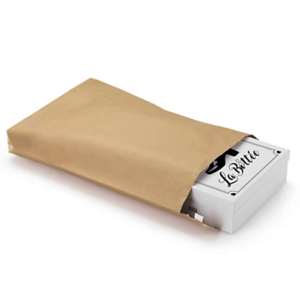 |
Opt for pockets, adapted to the least fragile products, primarily made of kraft paper or recycled cardboard to reinforce the eco-responsible dynamic |
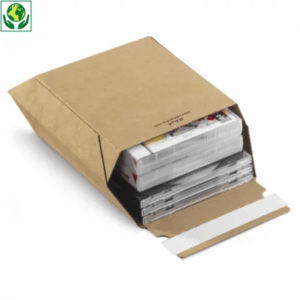 |
Use a cardboard box-pocket for your most bulky products |
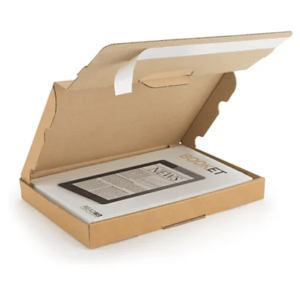 |
Select extra-flat post boxes, which are more solid than pockets, to provide greater protection for your goods while reducing your weight-volume |
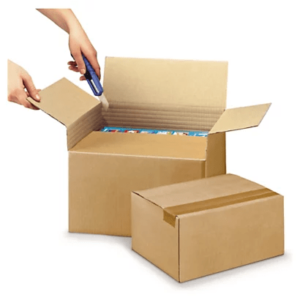 |
Adopt variable height boxes to adjust the height of your packaging to what it contains |
make sure you choose packaging with the best thickness/protection ratio, to have a thin enough package and reduce the weight-volume, while properly protecting your goods
| They tell us: discover Frédéric Mugnier ‘s testimonial for FAGUO on ecological logistics in e-commerce, and our article on Le Closet combining packaging, eco-responsibility and customer experience. |
eco-designed packaging reduces the environmental impact of your product, and offers real added value in the eyes of your customers. There are various solutions for switching to sustainable packaging and many companies have already adopted them. Why not you?












